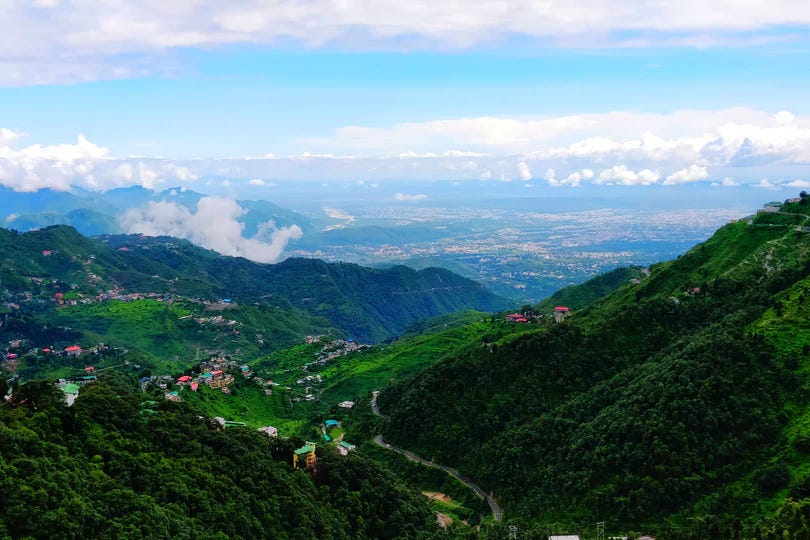Null Geodesics functionality has been implemented into EinsteinPy, with PR#527, having been merged 🎉🎉. I apologize for no blogs in the past 3 weeks. There was a COVID situation here, that required multiple tests and isolation and all that it entails. This led to me foregoing an entire week. And, when that had settled, I had to take the call on abandoning the plan of numerically integrating the Geodesics equations, due to the massive error accumulation, as discussed in my last blog. A confusing fact about that, was that Mathematica could still keep the error build-up to a minimum, while Python simply could not, even with adaptive and symplectic schemes. But the symplectic schemes did bring the error down, by around 2 orders of magnitude, which gave me the idea to take a Hamiltonian approach, which would increase the number of ODEs to solve, but drop the order by 1. And, as it turns out, the Kerr Hamiltonian is separable (Carter, 1968a [1]), which makes the implementation even simpler. In this blog, I will be discussing this approach, which has finally led to proper geodesic calculations. I have also included some plots (and a cool animation) for Kerr & Schwarzschild Null-like (and Time-like) geodesics.
Read more…


